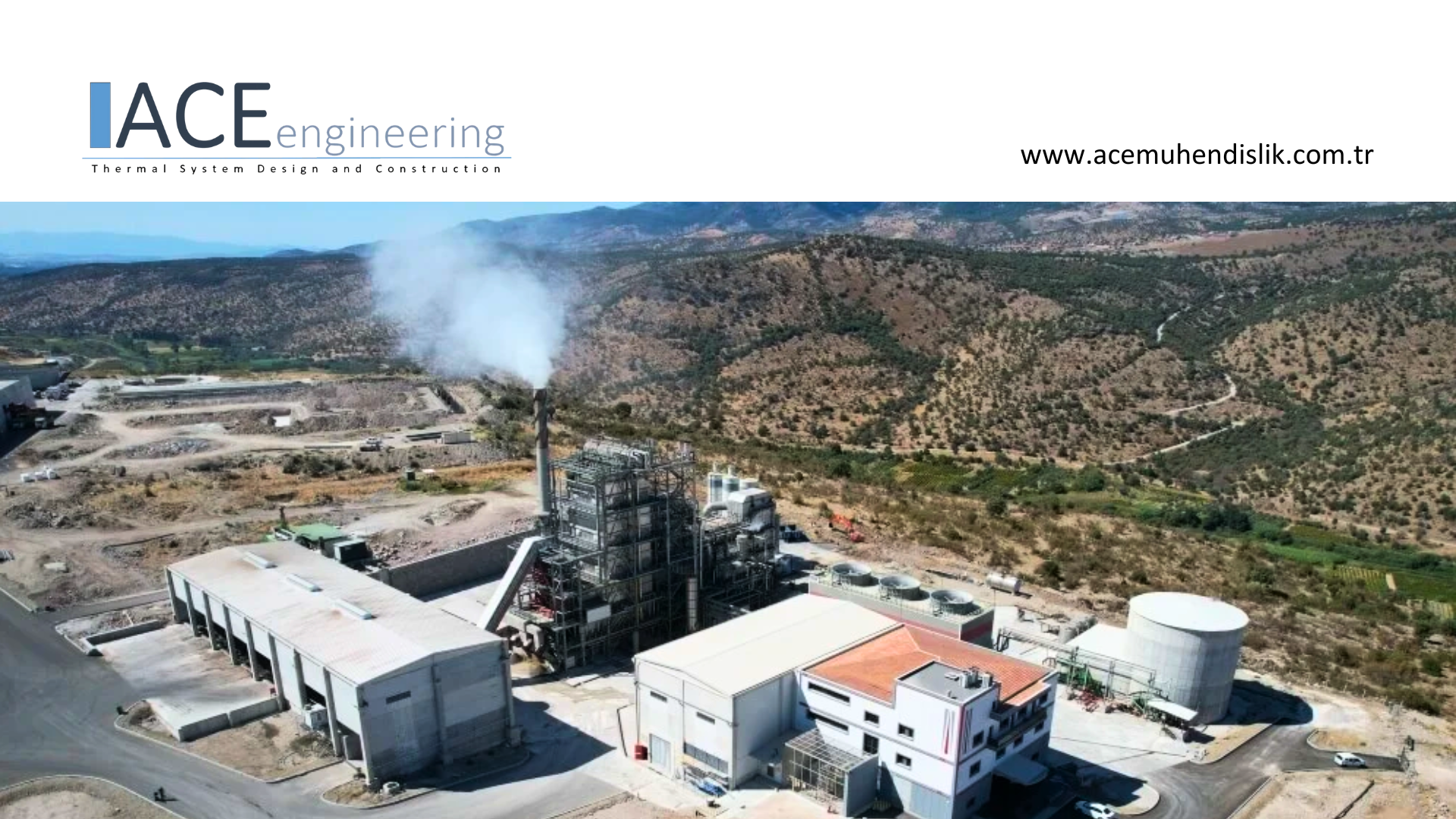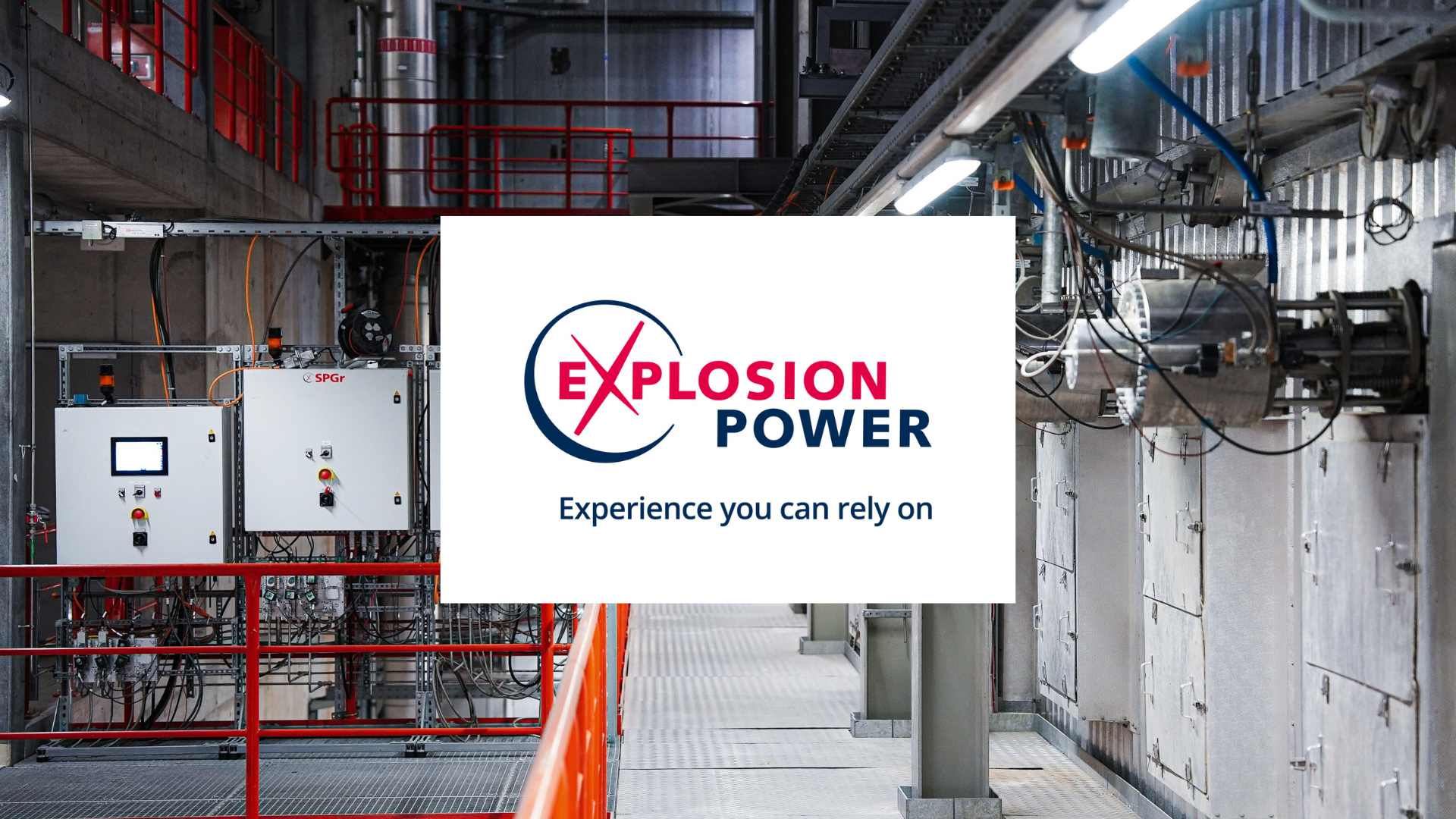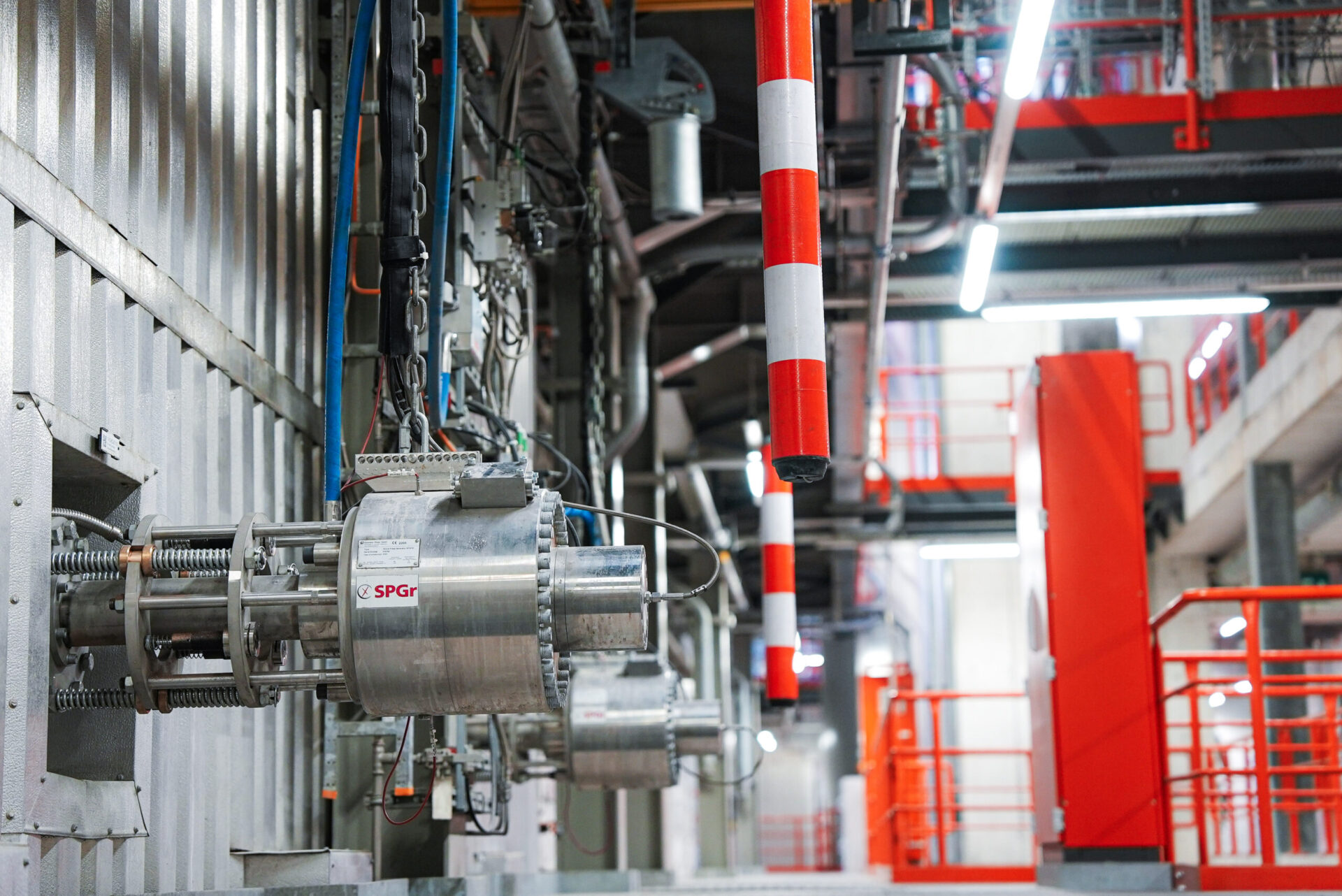Energy demands are increasing while resources are becoming ever more scarce. Alternative fuels are gaining ground but their residue levels are high. Utilizing fuels and energy sources more efficiently is thus become increasingly important. Increasing boiler efficiency [1] not only helps towards protecting the climate, it also helps to lower a plant’s operating costs. The following is restricted to large industrial boilers. The efficiency of a boiler is the key indicator of a steam generator and can be improved quite easily: use the right fuel (1), avoid consistent heat loss (2), minimize boiler fouling (3) and optimize the temperature and quality of the feed water (4). If these four factors are taken into account, a thermal boiler efficiency of 85% in your Waste to Energy plant is well within reach.
Boiler efficiency [2, 3] refers to the relationship between the usable heat quantity and the thermal capacity of the fuel being used, taking into account sources of loss.
Definition of boiler efficiency (η):

When it comes to increasing boiler efficiency, the following principal influencing factors are decisive:
1. Use the right fuel
When choosing which fuel to use, the calorific value, properties and fuel throughput are decisive. Fuels with a high viscosity are difficult to burn, while alternative fuels or fuel combinations with a high residue level make it difficult to increase efficiency. Examples of fuels that fall into this category are heavy oils with extremely high viscosity values, fuel combinations from biomass and coal or biomass and household waste.
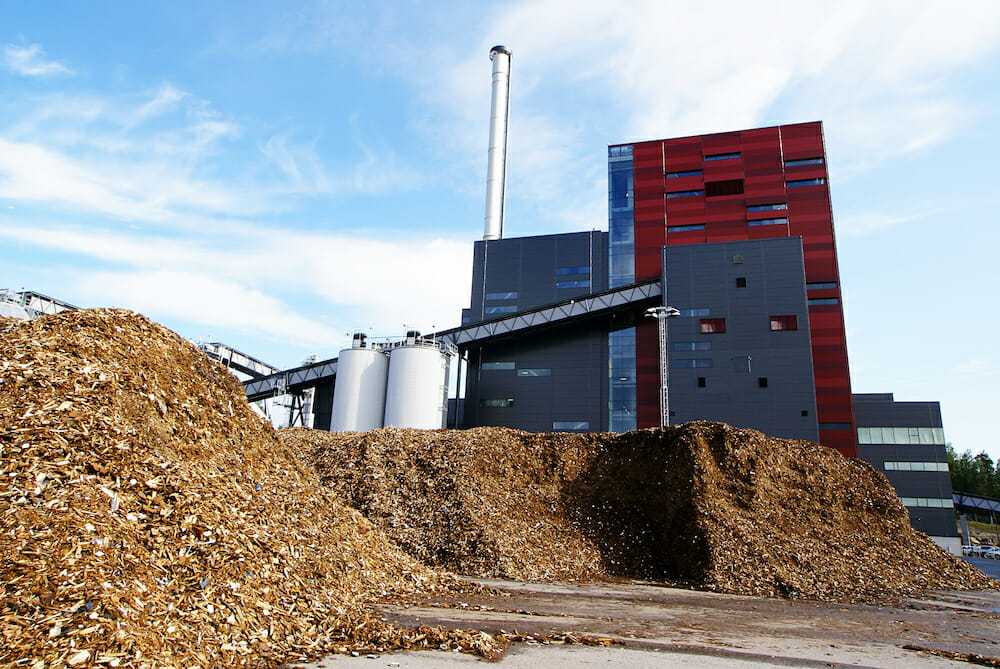
Figure 1: The greatest challenge with biomass plants is fuels with a constant water content in order to achieve optimal combustion and boiler efficiency.
2. Reduce heat loss (exhaust gas and radiation loss)
The exhaust gas loss is calculated on the basis of the thermal capacity of the flue gas and the thermal capacity of the combustion air, in respect of the calorific value of the fuel. It indicates, as a percentage, the nominal thermal output that is lost with the flue gas. The exhaust gas loss decreases as the flue gas temperature at the boiler outlet falls and/or the excess air ratio falls.
To better utilize the heat quantity in the flue gas, the flue gas temperature must be kept as low as possible, taking into account the acid dew points, e.g. 160°C.
Cleaning systems should introduce as few foreign particles as possible with the injection of steam or water as these have a negative impact on the overall efficiency of the system by consuming some of the energy that is yielded from the fuel. The fuel then fails to generate the electrical energy.
High-quality thermal insulation can help to reduce radiation loss considerably, in particular when this is achieved by using mineral fiber mats. These mats have low thermal conductivity, are resistant to fluctuations in temperature, retain their mechanical stability in the event of vibrations and exhibit excellent chemical resistance [5].
3. Minimize boiler fouling
A boiler can only operate efficiently if it is “clean”. In other words, tube bundles and heating surfaces must be largely free of deposits. This helps to minimize pressure loss in the flue gas route (which is caused by fouling in the convective part) and achieve a high heat transfer level.
Fouling [4] of the boiler surfaces has a particularly detrimental effect on boiler efficiency and can be prevented with appropriate boiler cleaning systems. In addition, flue gas temperatures in soiled boilers are higher. If these temperatures rise to in excess of 650°C in the superheater area, there is a risk of high-temperature corrosion superheater corrosion.
The tube pitches are also partially responsible for fouling of the tube bundles, so the design of the bundles and pitches must take account of the flue gas temperature. The following diagram demonstrates the difference in temperature progression in a clean boiler and a fouled boiler of a Waste to Energy plant.
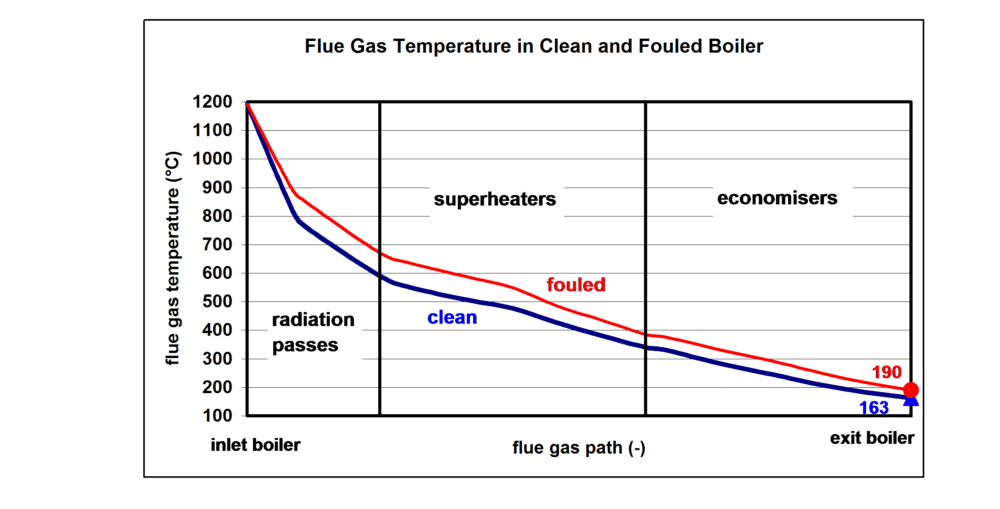
Figure 2: Extract from a calculation for Waste to Energy plants from M. Spicar
4. Take the temperature and quality of the feed water into account
In gas-fired boilers, the temperature of the feed water is usually maintained at around 105°C to ensure optimum utilization of the heat of the flue gas. By contrast, waste incinerator plants typically keep the water temperature in excess of 130°C owing to the corrosive properties of the exhaust gases and the risk of acid condensation in the economizer tubes if the water temperature is lower.
It is also important to note that poor feed water quality can have a permanent negative impact on the efficiency of the boiler.
Conclusion
The efficiency of a boiler is dependent on a number of variables, all of which hold considerable potential for improving efficiency. If, for example, alternative fuels or new fuel combinations are used in an existing plant, operating modes and conditions change. This often has the effect of impairing efficiency. But, with the right measures, these variables can be controlled in such a way that high efficiencies can be achieved. Operators must consider whether the boiler is operated with a defined fuel, such as coal, gas or oil, or a varying fuel, such as waste.
List of references:
[1] Schu R.: Wirkungsgradverbesserung von Dampfkraftwerken durch externe Überhitzung, 2008
[2] Pryputsch U.: Bilanzierung und Optimierung einer Wärmeerzeugungsanlage, 2013
[3] Spicar M.: Grundlagen der verfahrenstechnischen Berechnung, 2017
[4] Beckmann M., Spiegel W.: Optimierung von Abfallverbrennungsanlagen, 2006
[5] Poeschel E., Köhling A.: Asbestersatzstoff-Katalog, Band 4: Wärmeisolation/Schallschutz,1985


